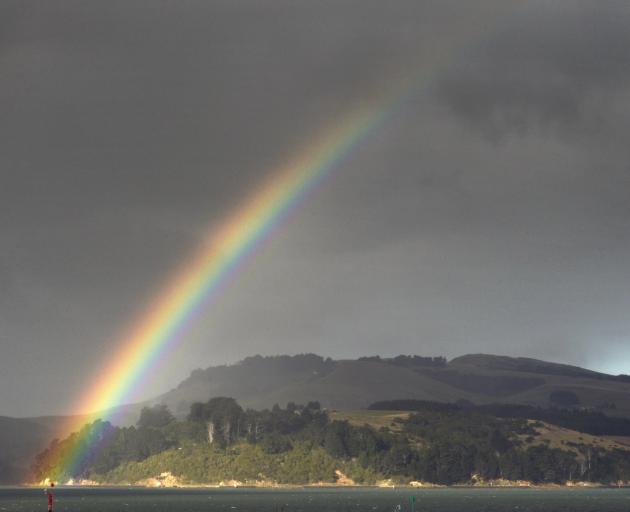
ESNZ forecasting principal scientist Chris Brandolino said a sudden stratospheric warming (SSW) event had developed near the top of the atmosphere over the South Pole last month.
During October, the impacts of that SSW event would "propagate downwards" towards the troposphere, where our weather occurred, he said.
"Possible impacts include changing the normal strength and position of the jet stream, storm tracks and surface pressure patterns, resulting in wetter conditions over parts of New Zealand," Mr Brandolino said.
"The effects of this SSW are expected to be most pronounced during October, influencing short-term atmospheric circulation and weather patterns."
Mr Brandolino said a La Nina watch was also now in effect, and international guidance suggested La Nina conditions were likely to become established before the end of this year.
He said the combined influences of the recent SSW and developing La Nina phenomenon were expected to drive notable circulation changes between October and December.
"October is likely to begin on a relatively active note, with increased chances of rainfall and storm activity.
"As the month, and in particular the season progresses, a shift toward more anticyclonic conditions, or settled weather, occasionally interrupted by northeasterly flow anomalies, is expected."
However, the risk of tropical influences and heavy rainfall events remained elevated, particularly for northern parts of the North Island.
Mr Brandolino said temperatures on the West Coast, the Southern Alps and foothills, inland Otago and Southland were about equally likely to be above average or near average.
Rainfall totals were about equally likely to be below normal or near normal for the October-December season as a whole, and soil moisture levels and river flows were equally likely to be near normal or above normal.
Along coastal Otago, temperatures were also about equally likely to be above average or near average; rainfall totals were about equally likely to be near normal or below normal; and soil moisture levels and river flows were most likely to be near normal.












